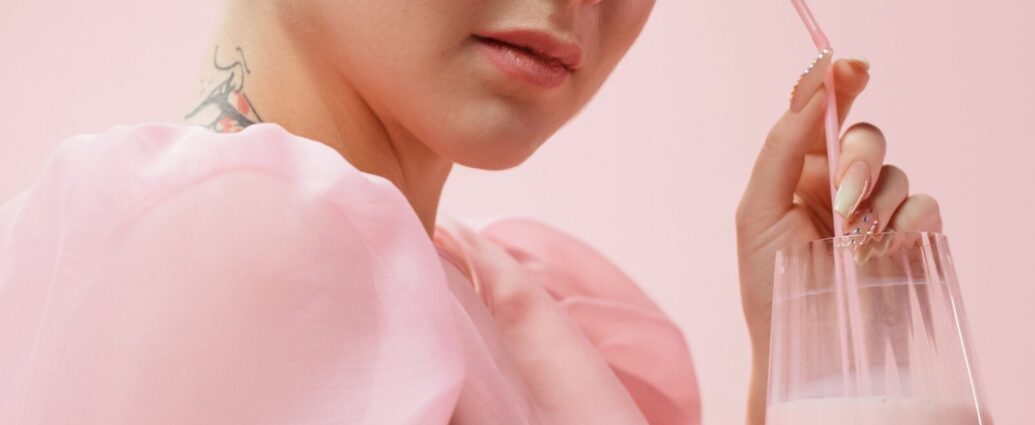Jessica Watts
When women got the vote and started earning positions of power, people thought they’d be ‘satisfied’. But these aren’t the only improvements necessary for true equality.
A mass shift in mindset must also happen. This is thankfully starting to seem more tangible today. As we can see from the reclaimed meaning of the term “hyperfeminine”, women are taking back the responsibility of defining themselves and actively shifting public perceptions of womanhood.
A changing hyperfeminine aesthetic
“Women had a ‘place’, and that place was subservient to men”
People used to describe hyperfemininity as an “exaggerated adherence to a feminine gender role”. Previous generations grew up with the idea of “ideal womanhood”, defined by Betty Friedan in The Feminine Mystique as “sexual passivity, male domination, and nurturing maternal love”.
Women had a ‘place’, and that place was subservient to men. Toxic masculine culture denotes domination and power which, by definition, puts men ‘above’ women. For thousands of years, men like He-Who-Shall-Not-Be-Named (perpetual sunglass wearer, TikTok viral, really sexist…) have spread and prolonged the prehistoric attitudes that defined women as the lesser sex.
Growing up in the 2000s, hyperfemininity was synonymous with phrases such as dumb blonde, and ditzy. The Cambridge Dictionary still defines the latter as follows: “A ditzy person, especially a woman, is silly”. Why is it that women have gender-specific terms to describe them as vapid or vacuous? It’s an odd concept – and one that doesn’t translate to men.
“I must dress like them, think like them, and most importantly, look like them.”
In this era, femininity was also largely defined by body shape. I remember the peak of 2000s hyperfemininity as barely-there waists and Juicy Couture tracksuits split apart by thigh gaps. I remember wanting to be one of these women: I believed that in order to achieve my dream, I must dress like them, think like them, and most importantly, look like them.
New Horizons
Recently, fresh ideals have emerged. Enter the TikTok women on their white horses, brandishing a new form of hyperfemininity!
“Imagine pink, sparkles, and puffy tulle – but worn more by independent Elle Woods types than obedient wives.”
Preaching from the comfort of their different bodies, they are acknowledging that being hyperfeminine isn’t a specific physical ‘look’. Anyone of any size, background, colour, and class can partake in this aesthetic. These women redefined hyperfemininity as leaning heavily into the stereotypes of femininity whilst furiously fighting them at the same time. Imagine pink, sparkles, and puffy tulle – but worn more by independent Elle Woods types than obedient wives.
This reclaimed definition does not align with the belief that a woman’s success is determined by maintaining a relationship with a man, nor that their position is at home in the kitchen. The hyperfeminine movement circulating within Gen Z and apps like TikTok is about subverting the expectations that come along with a flowy pink dress, plaits with bows, and perfectly winged mascara. The #hyperfeminine tag now sits in captions alongside #womenempowerment and #equality.
Down with the patriarchy!
Suddenly hyperfemininity is about bashing the patriarchal view of society. As opposed to an aesthetic for men, we embrace hyperfemininity as a radical outcry against the domination of men. Women everywhere are making a breakout statement through the very aesthetic that was designed to cage them in. These women aren’t dressing or living for anyone but themselves. In the words of the queen, Miss T. Swift: “I don’t dress for women, I don’t dress for men, lately I’ve been dressing for revenge.”
READ NEXT:
-
TIKTOK’S “LUCKY GIRL SYNDROME”: MANIFESTATION OR PRIVILEGE?
-
GIRLBOSS: WHAT DOES IT MEAN TO BE A FEMINIST IN A CAPITALIST WORLD?
-
FESTIVAL OUTFITS YOU NEED TO BE WEARING IN 2023
Featured image courtesy of @Cottonbro on Pexels. Image license found here. No changes have been made to this image.

